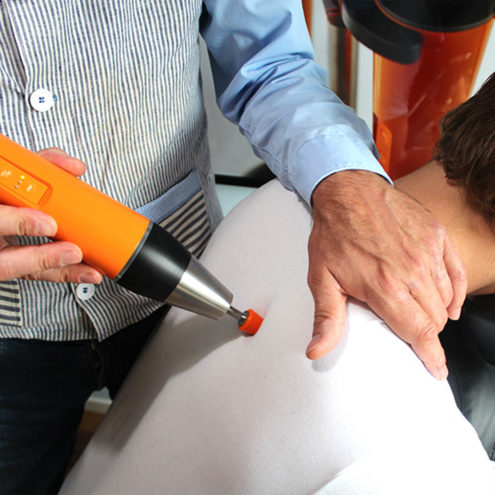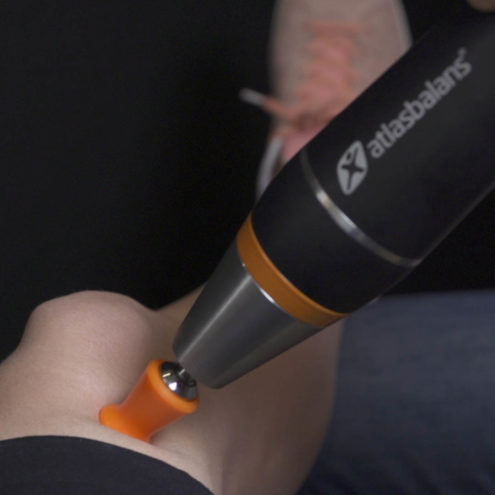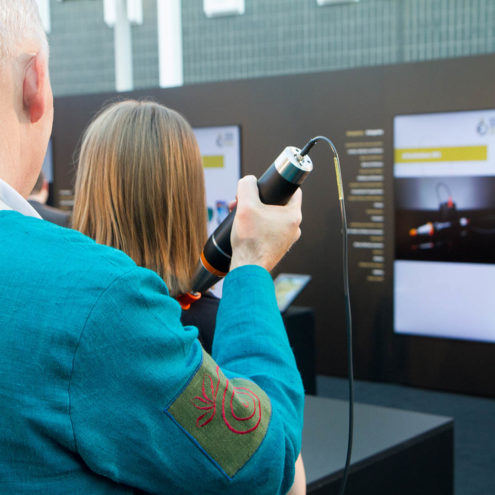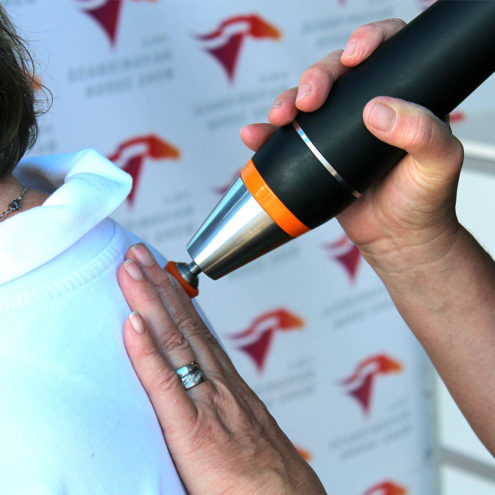Cracked Foot Bone: Symptoms and Treatment
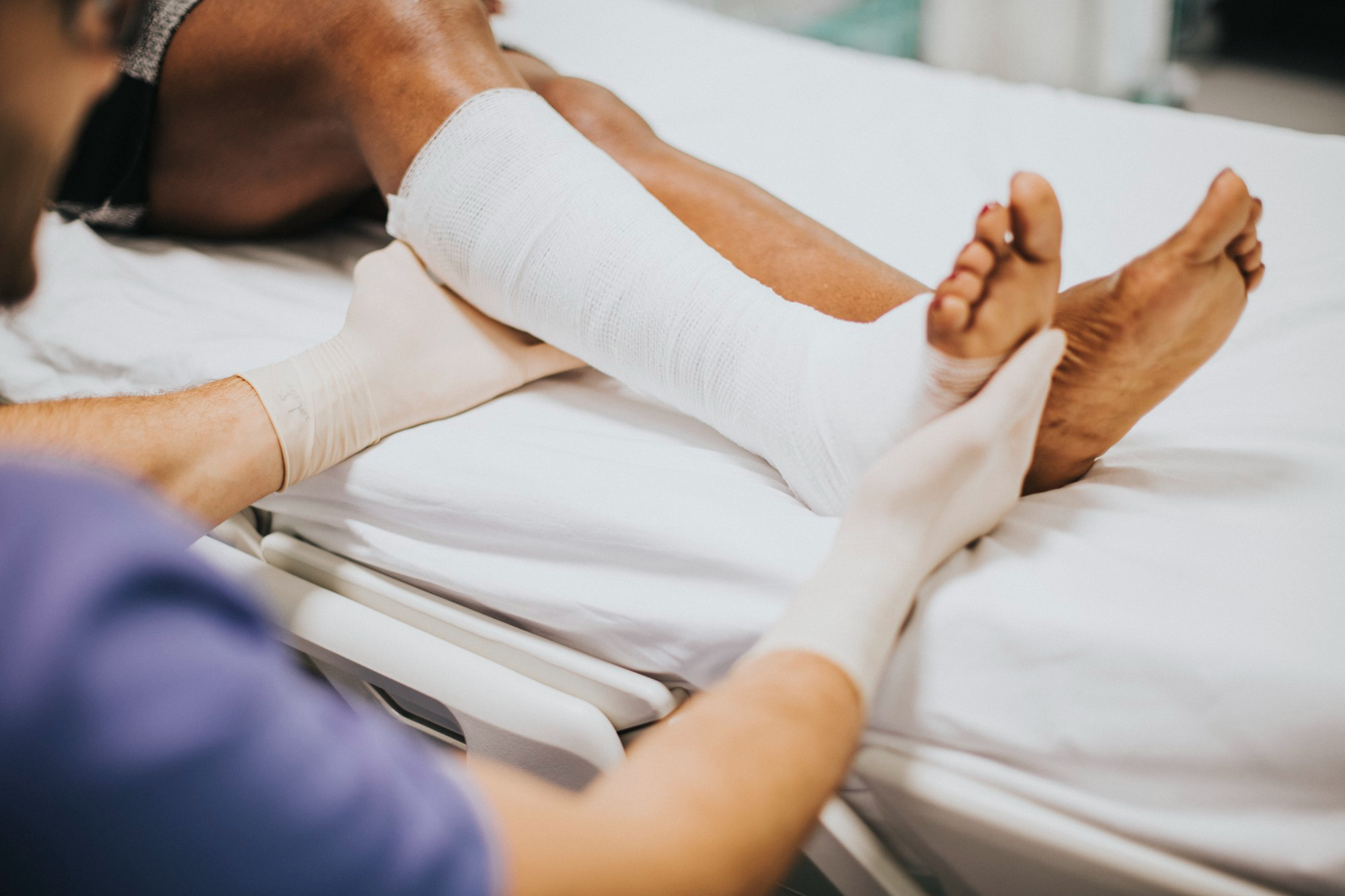
A crack in the foot bone, also known as a fracture, is a serious injury that can have a major impact on your life. Understanding what can cause a foot bone fracture, how it manifests itself, and what treatment options are available is crucial to a quick and effective recovery. In this article, we go through these aspects in detail and discuss how the FasciaClinics can help you with your injury.
What is a crack in the foot bone?
Description of a crack or fracture in one of the bones of the foot
A crack or fracture in one of the bones of the foot means a partial or complete break of one of the many bones in the foot. The anatomy of the foot is complex and consists of 26 bones, including the tarsal bones, metatarsal bones and phalanges (toes). Fractures can range in severity from small cracks, which can occur from overloading, to complete bone breaks that require extensive treatment.
Common causes of cracks in the foot, such as trauma or overload
There are several common causes of cracks in the bones of the foot:
Trauma : Direct trauma to the foot: Direct trauma to the foot, such as falls, car accidents or heavy objects falling on the foot, can cause fractures.
Overload: Repetitive strain and overload, especially in high-intensity activities such as running or jumping, can lead to stress fractures. This is particularly common in athletes.
Osteoporosis: A reduction in bone mass and strength can make bones more susceptible to fracture, even with minor trauma.
Incorrect biomechanics: Deviations in gait patterns or foot structure can put extra stress on some bones and lead to fractures.
Symptoms of a crack in the foot bone
Pain on strain or palpation of the injured area
The most obvious symptom of a fracture of the foot bone is pain, especially when straining or pressing on the injured area. The pain can be sharp and intense immediately after the injury, or more diffuse and dull in stress fractures that develop over time.
Swelling and tenderness around the injured part of the foot
Swelling and tenderness are common symptoms around the injured area. Swelling can occur quickly after an acute trauma or gradually with a stress fracture. The injured area may feel soft and tender to the touch.
Any redness or bruising
In some cases, redness or bruising may occur around the injured area. This is due to bleeding under the skin and is common in acute fractures. Bruising may develop over several days and extend beyond the injury area itself.
Treatment of a crack in the bone of the foot
Rest and relief of the foot to facilitate the healing process
One of the most important aspects of treatment for a fractured bone in the foot is to rest and relieve the foot. This means avoiding any activity that could aggravate the injury and giving the foot time to heal. In some cases, crutches or a wheelchair may be needed to fully relieve the foot.
Immobilization with a cast or splint depending on the extent of the injury
To ensure proper healing, immobilization may be necessary. This involves putting the foot in a cast or brace to keep it still and prevent further damage. The length of time the foot needs to be immobilized depends on the type and severity of the fracture, but it can range from a few weeks to several months.
Rehabilitation and physiotherapy to restore strength and mobility in the foot
After the foot has healed sufficiently for the cast or brace to be removed, rehabilitation and physiotherapy are essential to restore strength and mobility. This includes:
Strength training: Exercises to strengthen the muscles around the foot and lower leg.
Mobility training: Stretching and other exercises to improve flexibility in the foot and ankle.
Balance and coordination training: Exercises to improve balance and coordination, which can help prevent future injuries.
How can we help you with your crack in the foot bone?
At the FasciaClinics, we specialize in seeing and treating the body from a holistic perspective. We perform fascia treatments, a highly effective wellness treatment that focuses on treating and maintaining the fascia in our body. The fascia is the network of connective tissue that binds and permeates everything in our body. All cells, tissues (even bone tissue), muscles and organs contain fascia.
If the doctor has said that there is no danger with wellness treatments, fascia treatment can be an excellent complement. The treatment focuses on releasing tension and adhesions in the fascia. This increases its circulation and reduces the pressure on pain receptors. This allows us to have an improved mobility of the body with less pain and improved self-healing.
During the visit, we analyze the whole body to see where compensations and imbalances are and how they have spread. If there is an imbalance in the body, there is a risk that they will spread and affect other structures. That’s why it’s very important to seek help quickly as soon as you get any symptoms. Fascia treatment for a crack in the bones of the foot involves rebalancing the body to reduce the load on the structures in the foot. Body weight is distributed more evenly between the feet and circulation is increased. The treatment is done both manually and mechanically with gentle vibrations.
The treatment is not painful and is often very pleasant. Remember to follow your doctor’s advice. To get good results from fascia treatment, it is important to adjust your activities between treatments. If you do activities that make the symptoms worse, it will take longer to get rid of the condition.
For more information about our services and how we can help you with a fractured foot bone, visit our FasciaClinics website. Here you will also find resources and articles on fractures and other related topics that may be helpful to you.
In conclusion, a crack in the bone of the foot is a serious injury that requires careful treatment and rehabilitation. By understanding the causes, symptoms and treatment methods, you can effectively manage and relieve your symptoms.
 Search
Search





















